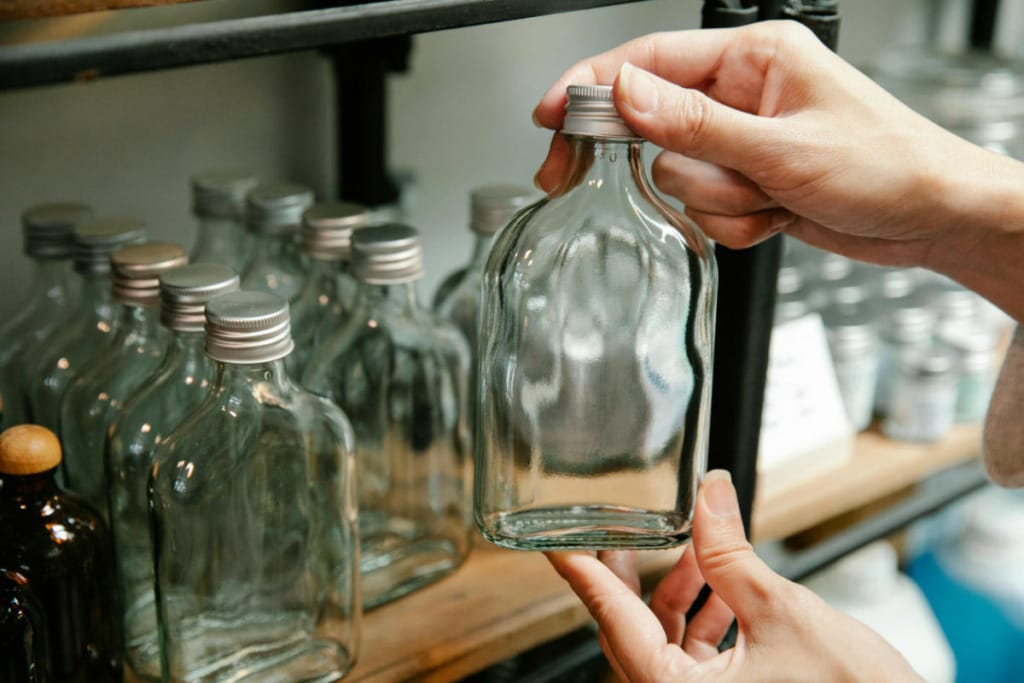
Bottle recycling is extremely important since it reduces our collective demand for the production of new plastic, thereby lowering levels of energy use and pollution as well as keeping more bottles out of our environment (whether in landfills or litter). Ultimately, the fact that when our planet is healthier, so are we, and bottle recycling helps to reduce environmental degradation.
Luckily, technological developments in the realm of plastic recycling are making it much easier to recycle bottles with incredible efficiency, so that even more of the plastic that makes up your recyclables is actually reused as new plastic items. Read on as we cover some of the most notable developments in this field, focusing specifically on how they’re likely to impact the realm of bottle recycling.
Recent Advances in Bottle Recycling
As recycling technology continues to advance at breakneck speed, opportunities to recycle plastic bottles more efficiently and at a lower cost are growing. In recent years, these are some of the most exciting recycling innovations for bottles and other plastic waste:
Smart Sorting Systems
Since sorting seems to be such an important and labor-intensive part of bottle recycling, the development of smart sorting systems is making a significant impact by reducing the amount of human labor required for this step of recycling.
Cutting-edge technologies, such as AI-powered optical sensors and machine learning algorithms, are often used which are fine-tuned enough to be able to easily distinguish between several types of plastics, such as PET (Polyethylene Terephthalate) and HDPE (High-Density Polyethylene). Some systems also use a technology called near-infrared spectroscopy, which uses the fact that different types of plastic reflect infrared light in different, identifiable ways to instantly pinpoint which kind of polymer they are looking at.
Compared to humans, robotic arms with vision technology can sort at much higher speeds, effectively reducing contamination to improve downstream processing. In plastic packaging, RFID (Radio-Frequency Identification) tags and digital watermarking are helping to further streamline automated sorting by making it easier for these systems to identify plastic types.
Efficient Cleaning Methods
Solvent dissolution is one of the most impressive new ways that recyclers can clean plastic bottles and other containers as efficiently as possible. The process involves the application of particular chemical solvents to plastic waste, which allows it to get rid of contaminants, such as adhesives. Even cooler, it also allows recyclers to target specific plastic polymers with extreme precision.
New Material Innovations
Depolymerization is an umbrella term that describes a few different processes of chemically recycling plastic waste such as bottles. In general, they break plastic polymers (longer chains of molecules) into monomers (smaller molecular “building blocks”) so that they can then be formed into new polymers for plastic, textiles, and other purposes (which is known as “repolymerization”).
As the field of depolymerization develops and becomes more specifically targeted, the process becomes more efficient and more plastic “building blocks” are able to be recovered for subsequent reuse. Looking to the future, in order to minimize the energy costs associated with repolymerization, researchers are searching for depolymerization recycling methods that are effective while keeping molecular polymer chains whole.
The Future of Bottle Recycling
Some recycling experts speculate that the next step in recycling will be to combine the methods above, such as solvent dissolution and depolymerization, with mechanical recycling (which is the most common recycling method currently used).
For example, after plastic waste has been transformed into uniform pellets of mixed plastic, solvent dissolution could be used to remove contaminants from this mechanically recycled plastic and increase its purity. This will make the recycling process more effective and profitable, further incentivizing future recycling, which is currently more expensive than virgin plastic production in many cases.
Start Recycling Your Bottles and Cans with CLYNK
Bottle drop recycling is an incredibly simple and effective way to make sure that your bottles and cans on which deposits were paid during purchase actually get recycled and don’t simply end up in a landfill. It involves filling up designated bags with bottles and cans and depositing them at a specific location. In contrast to curbside recycling, which is typically run by municipal governments, private companies often provide bottle drop recycling instead – CLYNK is one of them.
If you’re ready to have an even more positive effect on the environment through bottle drop recycling with CLYNK, sign up online by creating a new account. After registration, you can expect to receive a voucher for 10 free CLYNK recyclable bags, free bag tags, and CLYNK cards.
If you prefer to sign up in person, head to the nearest CLYNK kiosk (you can search for nearby kiosks here) to get your membership card, bag tags, and a free box of bags.
To learn about how recycling bottles and cans with CLYNK works, head to our FAQs page for further details.